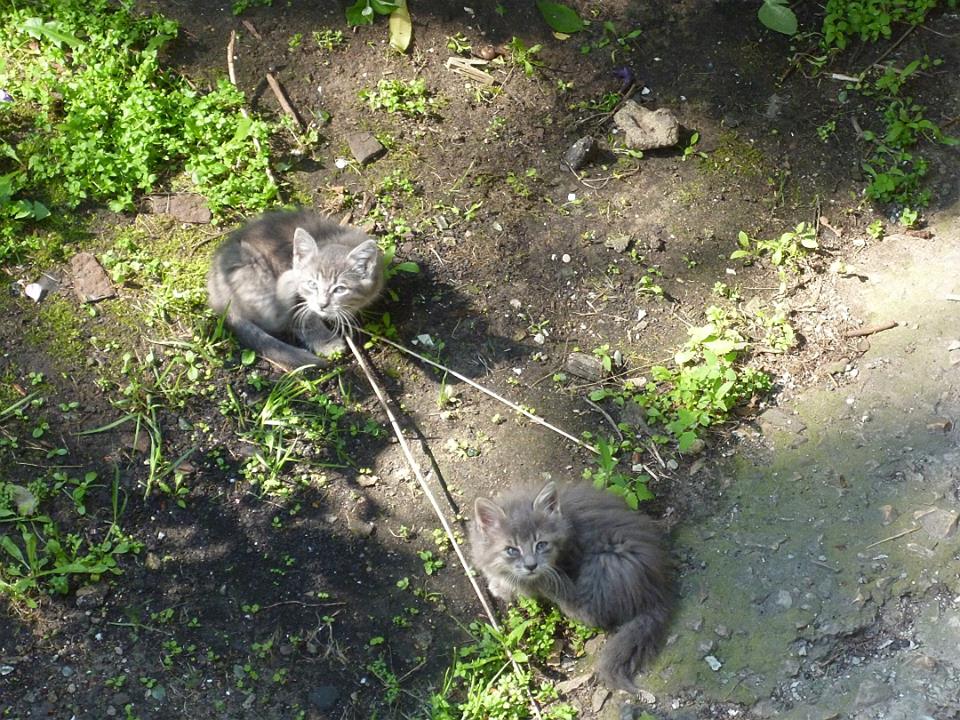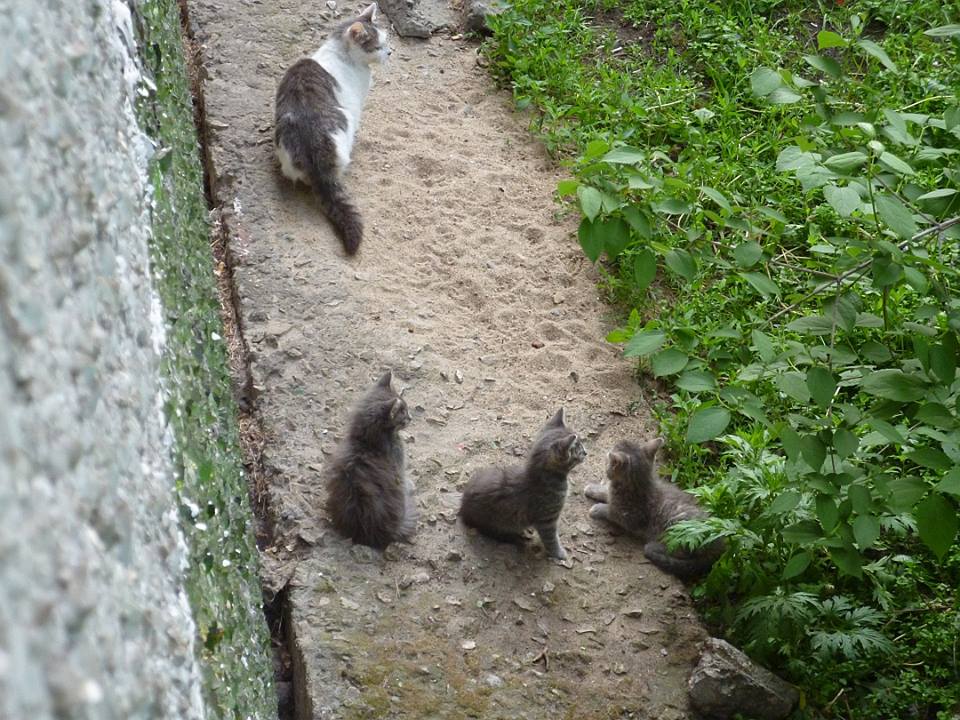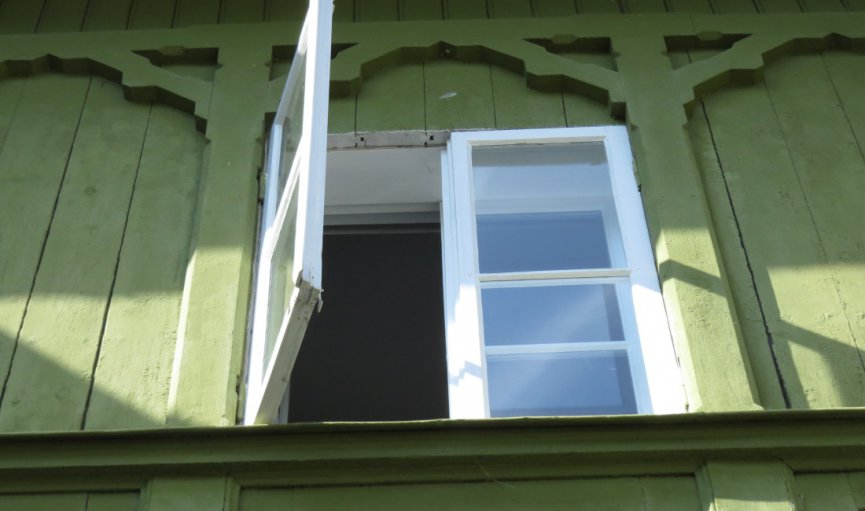You'll find them near apartment buildings; in your back yard; underneath your house; and most often in Rīga's working class neighborhoods where their numbers are directly tied to the supply of old ladies, their chief providers of food.
Come spring, their young appear everywhere, like dropped popcorn. They are numerous, cute, and Instagram-ready, unequivocally "an enjoyable thing" until you encounter a kitten with only one good eye.
The city does have a "trap-neuter-return" scheme in action, but for that there is precious little money, with unpaid cat-tivists doing much of the work. Which, perhaps, is just as well. We all need something to care about.
This need had surely taken hold of an old Russian lady living in my apartment building, underneath which generations of Felis catus have found play, love, rivalry and ripe old age.
The lady had built a dainty wooden house, complete with a roof and trays for water and cat food. She put it under my window, but then discord among the other neighbors forced her to move it deeper into the yard.
"The mayor will take care of the cats," she explained. Until that time, she was to look after them.
Having observed cat life unfold under my windowsills for years, I was quite skeptical anything would change. The cat house now seemed more like a child's miniature theater. The play? Waiting for Riga Mayor.
Soon after, the number of houseplants in my apartment went from 0 to 15 in a matter of months. Surely, something was going on.
I realized I was simply growing old, as I had unwittingly embarked on the time-tested path of care-giving that leads roughly from tending houseplants to buying cars to adopting animals to moving in with someone to having children. "Ugh," I thought.
Then I had a dream of kittens crawling inside my apartment. Scores of them squeezed themselves in through the half-closed first-story windows. Prickly tongues like legions of tiny fingers were licking my body, which lay motionless on the floor. In the dream.
They had colonized my crawl space. Now they came for my unconscious.

You may have noticed I avoid calling them "feral" cats. Because they really aren't. A recent encounter testifies to that.
A friend and I were gazing across the River Daugava not far away from my apartment, enjoying the sun setting behind the television tower. As we were seated at the bottom steps of a staircase leading down to the riverbank, a cat arrived and nimbly positioned itself into the lap of my companion. "Fleas," I thought, and then, "cute".
The unusually social feline didn't seem to want to leave. We noticed it was a she and named her Amālija. This way we became deeply invested in her fate. We petted her, half-expecting she would leave any minute. She didn't. I sighed and said I will have to adopt her.
"I'll be taking care of you from now on," I thought as I took her into my arms, feeling strangely mawkish and old and weak.
Of course, as we ascended the staircase, Amālija set free from my hold, never to return. And here I was thinking, just moments ago, of how I would have to take her to the vet and buy cat stuff in the morning.
But what life could I have offered her?
Surely she would not have been admired by strangers in my apartment, sunny as it may be, which has had a steady population of 0-2 for the past few years, and no dinner parties.
There would also be no summering on the Daugava riverfront, which turns into anarchist cat country during the warm season.
This is how I remain catless. But I have learned something: we need them more than they do us.
































